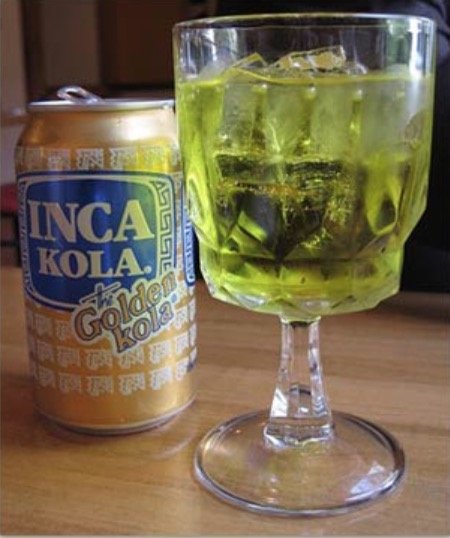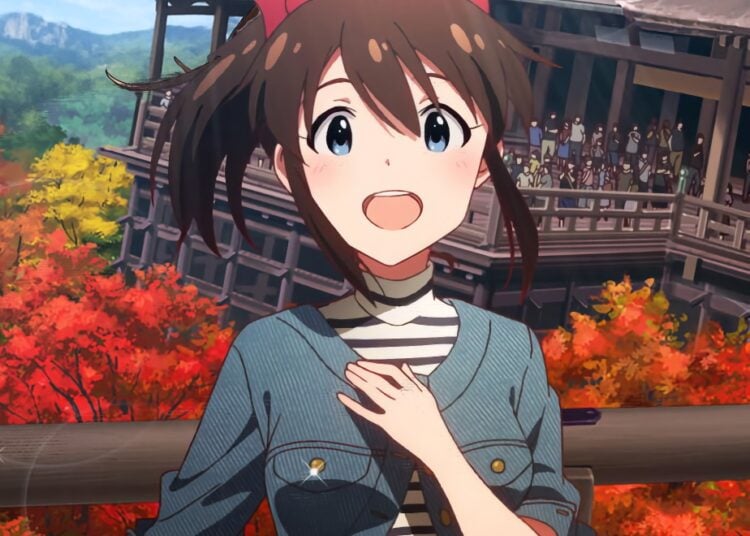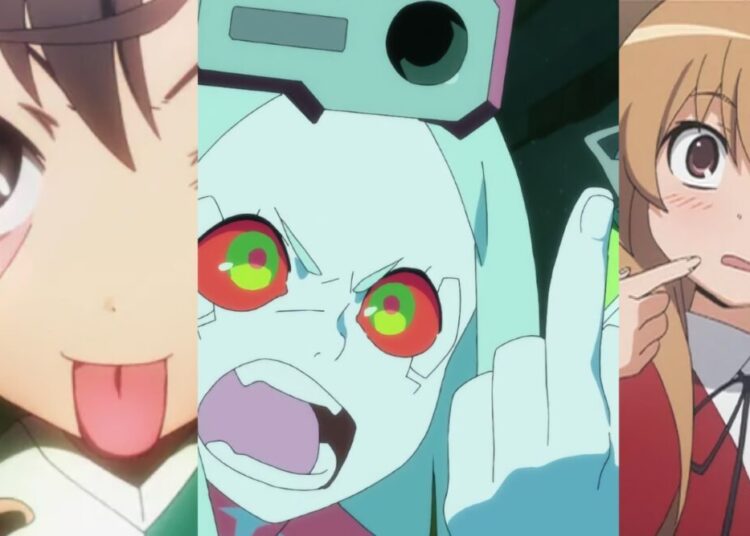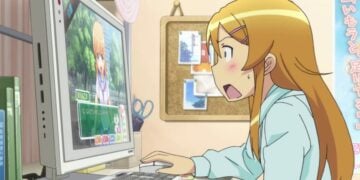My daughter recently asked me if I could drive her to the nearby town of Oizumi so she could visit a friend who lived there, and I was happy to do it. In my 18 years here I’d never been to the “Brazil in Japan,” famous for having the highest percentage of nikkei Brazilians and Peruvians in the country, and I thought it’d be a cool trip to make. Officially, the number of foreigners living in the town is just about 10% of the overall population of 40,000, but this doesn’t account for the thousands of unregistered (illegal) residents, and the real foreign population more like 25%. It was certainly interesting to drive down the street and see all the businesses sporting Brazilian flags, and walking into the all-Brazilian convenience store was a good excuse to buy some interesting chocolates and something called Inca Kola. The people of the town are largely dependent on factory jobs at companies like Sanyo, and times are very hard for them right now, prompting the Japanese government to take the unprecedented step of offering financial assistance to any guest worker who wants to go home but who is unable to for economic reasons. I think towns like Koizumi are good for Japan, providing them with a vision of their own country that isn’t so homogenized. On the other hand, the nikkei living here could do a lot more to meld with the overall Japanese society, embracing the language and customs, as I have strived to do. Whenever I attend local events like hatsu-mode (hatsu-moh-day) on January 1st, standing in the freezing cold at the Shinto Shrine to pray for happiness in the new year, I look to see if there are any other foreigners in line with me, perhaps a Peruvian who I can practice my pathetic Spanish with, but I’m always the only gaijin around.
You can get Inca Kola, the famous soft drink from Peru, in Japan.















